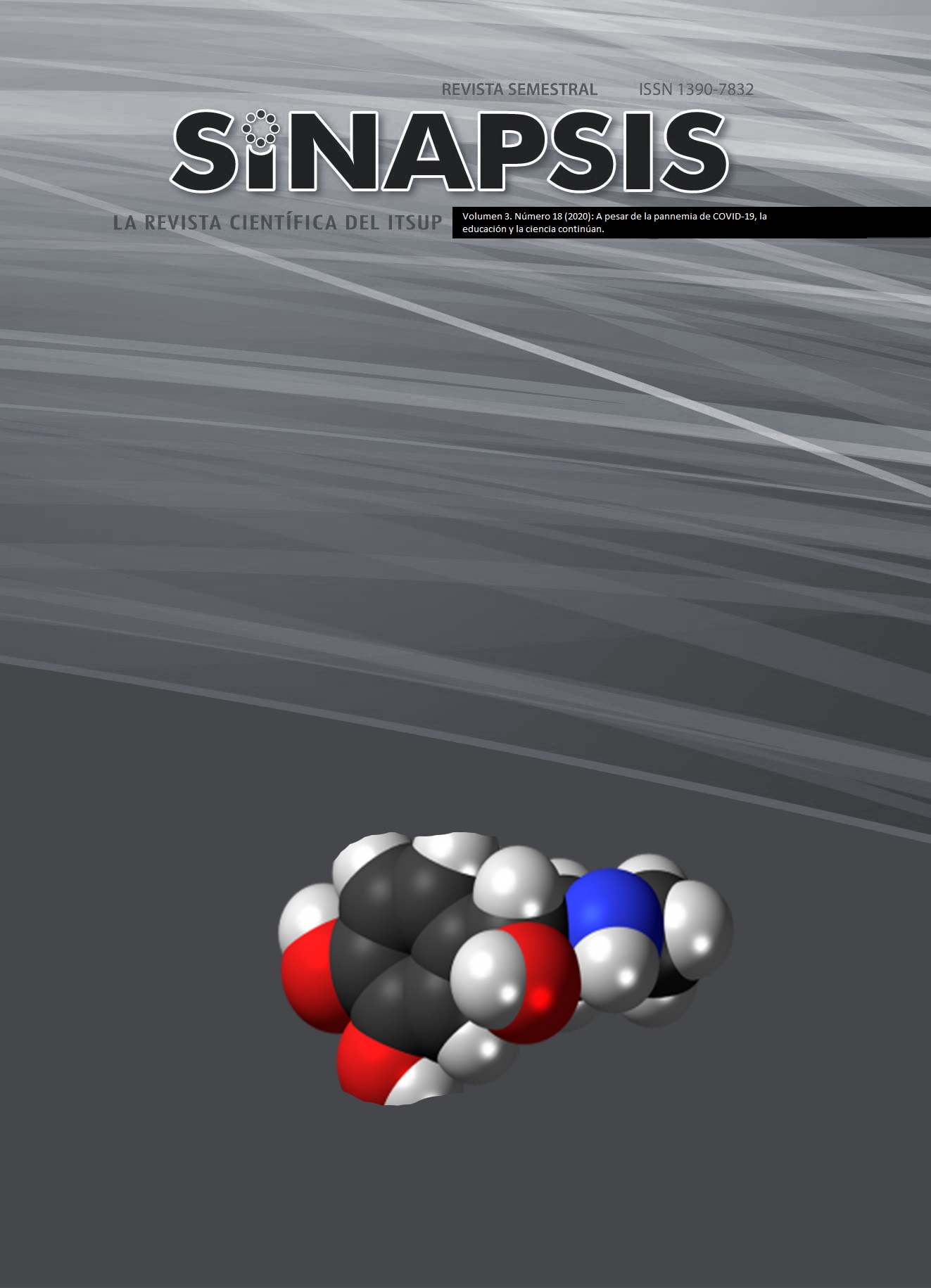Integrating knowledge with students in the Bajo de Afuera community of the Montecristi canton
Integrando saberes con los estudiantes.
DOI:
https://doi.org/10.37117/s.v3i18.387Keywords:
Knowledge, properties, land, integration, research and resourcesAbstract
This research work is based on the identification of the soil properties of the Bajo de Afuera community of the Montecristi canton, in addition to knowing its population, its crops, and the main problems that affect it, knowing the pests that generally in the stage harvest are the cause of the loss of the product and therefore affects the economy of farmers. The method used was exploratory documentary through bibliographic study and research, using techniques such as surveys and interviews, with documentation from the parish and the experience of the community's residents. With this study, knowledge is strengthened to achieve a systemic change (of attitude) of perceptions and criteria, through the development of an integrative project of knowledge, which integrates the different fields of knowledge taught in a natural way and according to how It really happens in the production of the agricultural systems with the objective of developing, fortifying and motivating the cognitive, psychomotor and attitudinal capacities in the students of the Agricultural career. The underlying problem is the poor understanding of the human being about the soil and its properties. For these reasons, we took on the task of investigating the situations of agricultural soil in the parishes of zone 4, Manabí province, through the integrative projects of knowledge to the Manabí community in the training and study of the soil and that they achieve a better result in their harvests.
Downloads
References
Botta, O., Pozzollo, M., Bomben, M., Tourn, E., Soza, H., Rosatto, A. Gili, J., Ressia, D., Rivero,
J., Vásquez, et al. (2007). “Aplicación del trafico controlado en la cosecha de maíz (zea mays l.) efecto sobre rendimientos del cultivo y las propiedades físicas del suelo.,” Agro-Ciencia. V, (23), 1, 7–16.
Guía Metodológica Para la Elaboración del Proyecto Integrador de Saberes en la Universidad Estatal del sur de Manabí. (2017). Resolución número 003-06-(2017).
Herrera, J. (2017).Propiedades del suelo. Monografias Plus. Recuperado de https://m.monografias.com/trabajos65/propiedades-suelo/propiedades-suelo.shtml
InfoAgro. (2017). Composición quimica del suelo y su Ph. Recuperado de http://mexico.infoagro.com/composicion-quimica-del-suelo-y-su-ph/
Intagri. (2017). Propiedades Físicas del Suelo y el Crecimiento de las Plantas. Recuperado de https://www.intagri.com/articulos/suelos/propiedades-fisicas-del-suelo-y-el-crecimiento-de-lasplantas#:~:text=El%20di%C3%A1metro%20de%20las%20part%C3%ADculas,el%20uso%20de%20implementos%20agr%C3%ADcolas.
Tamhane, R., Motiramani, D., Bali, Y. y Donahue R. (1986). Suelos: su química y fertilidad en zonas tropicales. Editorial Diana Técnico. México D.F. 483 pp. United States Department of Agriculture.
Valarezo, O., Cañarte, E., Navarrete, B., & Muñoz, X. (2010). Manejo integrado de las principales plagas del Maíz. INIAP, Plegable Divulgativo, 389, 1-10.
Valdez, T. (2014). Pis Proyecto Integrador de Saberes. Recuperado de: http://nivelacionsiglo21.blogspot.com/
Valdez, J., Benigno, S., Osuna, F. Báez, T., Alonso, M. (2012). Modelos de predicción fenológica para maíz blanco (Zea mays L.) Y gusano cogollero (Spodoptera frugiperda J. E. Smith) Agrociencia, (46), 4, 399-410. Recuperado de: https://www.redalyc.org/pdf/302/30223110007.pdf
Downloads
Published
How to Cite
Issue
Section
License
El Copyright posee el propósito de proteger tanto la propiedad intelectual de los autores como sus resultados. El comité editorial de la Revista Sinapsis se compromete con los autores a proteger, defender y preservar tanto su trabajo como su reputación, y toma muy en serio las acusaciones de infracción, plagio, disputas éticas y fraude. Si un autor se da cuenta de un posible plagio, copia de resultados, fraude o infracción, le rogamos que se comunique con la mayor brevedad posible con el comité editorial de la revista Sinapsis.
CC BY-NC-ND: esta licencia permite a los reutilizadores copiar y distribuir el material en cualquier medio o formato solo sin adaptarlo, solo con fines no comerciales y siempre que se le atribuya al creador.
Términos de Licencia:
Reconocimiento: debe otorgar el crédito correspondiente, proporcionar un enlace a la licencia e indicar si se realizaron cambios. Puede hacerlo de cualquier manera razonable, pero no de ninguna manera que sugiera que el licenciante lo respalda a usted o su uso.
No comercial: no puede utilizar el material con fines comerciales.
No Derivada: si remezcla, transforma o construye sobre el material, no puede distribuir el material modificado.
Sin restricciones adicionales: no puede aplicar términos legales o medidas tecnológicas que restrinjan legalmente a otros de hacer cualquier cosa que permita la licencia.
El autor esta en la obligación de seguir las exigencias según lo instruido en la licencia ubicada en el enlace: https://creativecommons.org/licenses/by-nc-nd/4.0/deed.es






